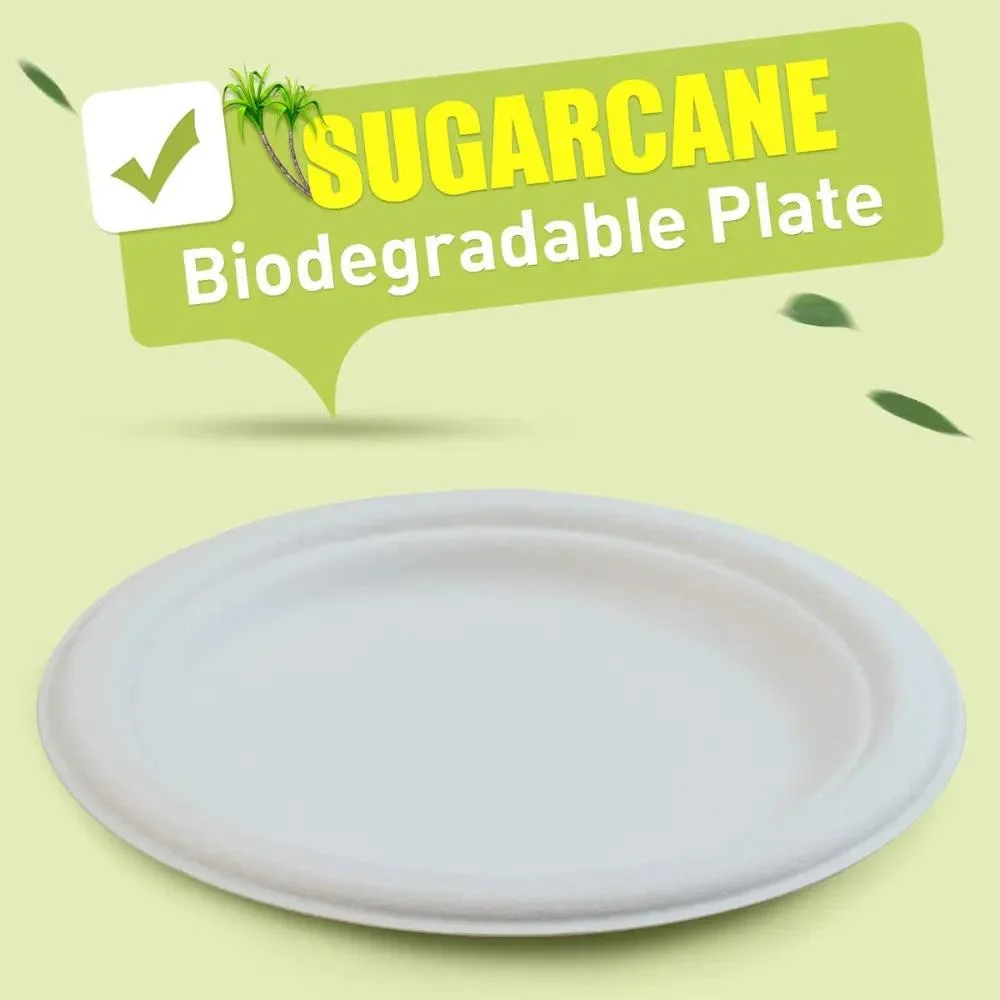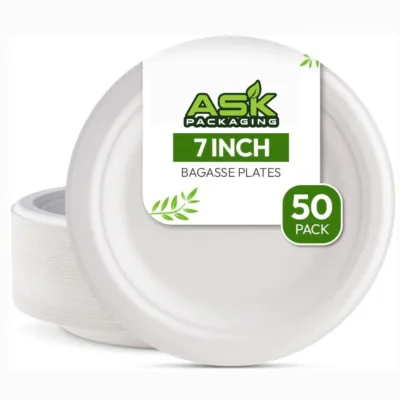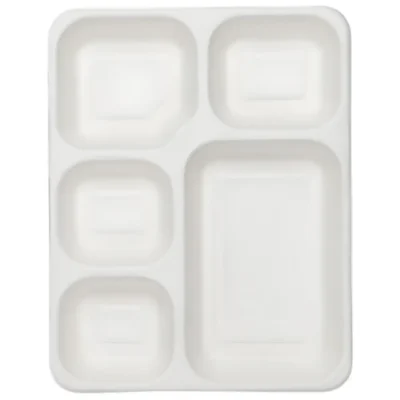Bagasse Plates
Choose our eco-friendly Bagasse plates for a sustainable and stylish dining solution. Made from sugarcane fiber, these compostable plates are perfect for parties, catering, and food service events. Strong, disposable, and biodegradable — Bagasse plates are the ideal alternative to plastic and foam tableware.
Sizes: 7 Inch • 9 Inch • 10 Inch

Disposable Bagasse Plates

Bagasse Plates 7 inch
£6.49 – £39.99Select options This product has multiple variants. The options may be chosen on the product page
Bagasse Plates 9 inch
£6.99 – £33.99Select options This product has multiple variants. The options may be chosen on the product page
Bagasse Plates 10 inch
£7.99 – £36.99Select options This product has multiple variants. The options may be chosen on the product page
Bagasse Plates 12 inch
£9.99 – £54.99Select options This product has multiple variants. The options may be chosen on the product page
3 Compartment Plates
£7.99 – £37.99Select options This product has multiple variants. The options may be chosen on the product page
5 Compartment Plates
£8.49 – £40.99Select options This product has multiple variants. The options may be chosen on the product page
Disposable Bagasse Plates for Sustainable and Eco-Friendly Dining Solutions
Disposable bagasse plates are made from the fibrous remains of sugarcane after juice extraction. These plates offer a natural, compostable alternative to plastic or foam plates, making them better for the environment. They are sturdy and biodegradable, helping reduce waste in landfills.
We’ve seen more businesses and households choosing bagasse plates because they combine convenience with eco-friendly benefits. They work well for serving food at events, catering, and everyday use without harming the planet. Understanding their advantages helps us make smarter choices for sustainability.
What Are Disposable Bagasse Plates?
Disposable bagasse plates are made from the leftover pulp of sugarcane after the juice is extracted. These plates provide an eco-friendly alternative to traditional disposable plates by using natural waste material. We can understand their origins, how they differ from common plates, and their typical sizes and features.
Origins of Bagasse Material
Bagasse is the fibrous material left after crushing sugarcane to extract its juice. Instead of being thrown away or burned, this sugarcane waste material is collected and processed into pulp.
This pulp is then shaped into various products, such as disposable plates. Using bagasse reduces waste and adds value to an otherwise discarded part of sugarcane farming. It has become a popular choice due to its natural origin and biodegradability.
Key Differences From Traditional Disposable Plates
Bagasse plates differ from plastic or paper disposable plates mainly because they are made from sugarcane pulp, not petroleum or virgin wood fibre.
They do not contain harmful chemicals or plastics. Unlike foam or plastic plates that can take hundreds of years to decompose, bagasse plates break down quickly and safely in composting settings.
Bagasse plates also handle heat and moisture better than basic paper plates. They are sturdy enough for hot meals and greasy foods without losing shape or leaking.
Physical Properties and Dimensions
Typically, disposable bagasse plates come in various shapes such as round, square, and compartmentalised styles. The most common dimensions range from 6 inches (15 cm) to 10 inches (25 cm) in diameter or length.
They are thicker and more rigid than standard paper plates, providing strength for different types of food. Bagasse plates are usually white or beige, reflecting the natural colour of sugarcane pulp.
Their physical properties include heat resistance up to 100°C and the ability to hold wet and oily food without breaking down quickly. This makes them practical for everyday use and large events.
Sustainability and Benefits of Bagasse Plates
Bagasse plates offer clear environmental advantages. They reduce waste and use renewable materials, which helps us cut down our plastic footprint. Their compostable nature also supports better waste management at home and in commercial settings.
Eco-Friendly and Biodegradable Properties
Bagasse plates are made from sugarcane fibre, a byproduct of sugar production. This means we use waste material instead of cutting down trees or using plastics. The plates break down naturally in soil within a few months, leaving no harmful chemicals behind.
Because they are biodegradable, bagasse plates do not contribute to long-lasting pollution. They help reduce landfill mass and decrease the release of microplastics that come from disposable plastics. Choosing these plates means we support a cleaner environment.
Compostable and Commercially Compostable Features
Bagasse plates are fully compostable, meaning they can turn into nutrient-rich compost under the right conditions. We can compost them at home if we have a compost bin or pile, but they break down most efficiently in commercial composting facilities.
Commercial composting speeds up the process, breaking plates down in just a few weeks at high temperatures. This allows businesses to manage waste responsibly and comply with sustainability goals. Using these plates helps us meet composting standards and reduce organic waste.
Comparison With Bamboo and Other Materials
Compared to bamboo, bagasse plates use a waste product rather than harvested plants. Bamboo grows quickly, but harvesting it still requires land and water resources. Bagasse uses leftover sugarcane fibre, so it has a smaller environmental footprint.
Plastic plates are cheaper but take hundreds of years to degrade. Paper plates can degrade but often use trees and chemicals in production. Bagasse plates balance sustainability with practicality. We get sturdy, grease-resistant plates made from renewable waste, which support environmentally friendly choices without sacrificing quality.






